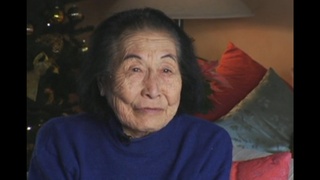Interviews
Decision between becoming a minister or musician
I studied at the Institute of Buddhist Studies. Reverend Kanya Okamoto was there along with Reverend Bobby Oshita, Reverend Ron Kobata, Ken Fujimoto, Ron Miyamura, Ken Tanaka and, actually, the abbot. He came for a summer session also. That’s the head guy now in Kyoto. He came. And we studied together. And we partied together. And we studied together. And we partied together. I went back again in 1974 to follow up some more studies and, again, attended school with other ministers and stuff. At that particular time, ’74, I got into another musical group known as Hiroshima. So I was either going into one direction in terms of becoming a minister or going to the dark side and becoming a musician and I took the dark side. [laughing]
Date: October 15, 2004
Location: California, US
Interviewer: Art Hansen, Sojin Kim
Contributed by: Watase Media Arts Center, Japanese American National Museum





